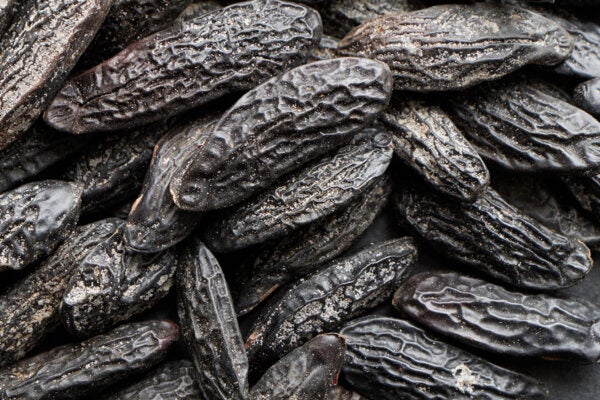Designing for Community and Climate in Los Angeles
How can we design public spaces that help people thrive and connect—with each other and with their environment?
Playing with Consciousness
Out-of-the-ordinary mental states are the goal of many religious rituals, but they’re also important in “playful” situations like kids’ games and fraternal hazing.
Greening Philly’s Neglected Lots
Spearheaded by the Pennsylvania Horticultural Society, an urban beautification program transformed neighborhoods in the city of brotherly love.
In the Sharing Garden
How one family physician fosters food justice, social connectivity, and better health at a local community garden.
Explaining the Tides Before Newton
Astronomical explanations for tides, usually credited to Isaac Newton, can be traced to thinkers like Strabo and Pliny in the Classical era.
Living Laboratories: Science and the National Parks
National parks in the US are filled with glaciers and volcanoes, which isn't an accident, as the parks developed alongside the sciences of glaciology and volcanology.
The Tamest Grizzly of Yellowstone
Adored by tourists and studied by scientists, a grizzly mother named Sylvia became an emblem of the fragile balance between humans and the wild.
The Mythical Mahogany that Helped Build the American Empire
How “Philippine mahogany” became America’s tropical timber of choice, thanks to a rebrand from a colonial logging company that drove deforestation.
The Victory of Public Lands
Most Americans agree on the value of preserving public lands. How did the idea of public lands come about, and how can we ensure they exist in the future?
Tonka Bean: The Tale of a Contested Commodity
The rise and fall of the sweet-smelling seeds of Dipteryx odorata stands in stark contrast to the tree’s lasting presence in global markets.









